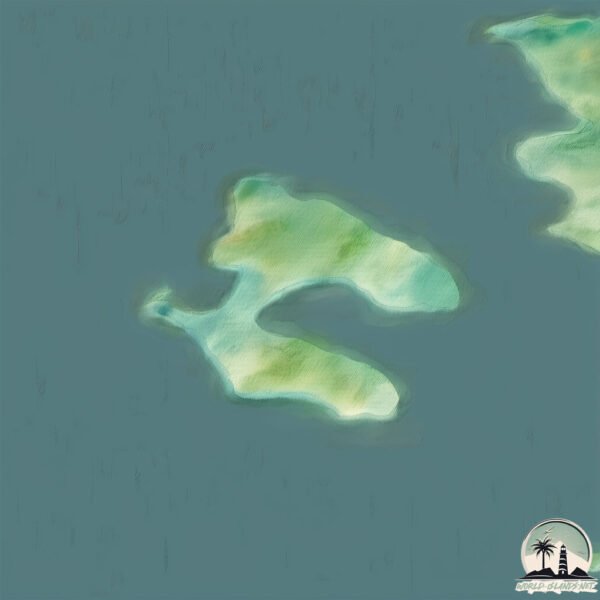Antnas Borskaret

Welcome to Antnas Borskaret, a Continental island in the Gulf of Bothnia, part of the majestic Atlantic Ocean. This guide offers a comprehensive overview of what makes Antnas Borskaret unique – from its geography and climate to its population, infrastructure, and beyond. Dive into the details:
- Geography and Size: Explore the island’s size and location.
- Climate and Weather: Weather patterns and temperature.
- Topography and Nature: Uncover the natural wonders of the island.
- Infrastructure and Travelling: Insights on reaching, staying, and making the most of your visit.
- News and Headlines: Latest News.
Geography and size of Antnas Borskaret
Size: 1.658 km²
Coastline: 9.3 km
Ocean: Atlantic Ocean
Sea: Gulf of Bothnia
Continent: Europe
Antnas Borskaret is a Small Island spanning 1.7 km² with a coastline of 9.3 km.
Archipel: –
Tectonic Plate: Eurasia – One of the world’s largest tectonic plates, the Eurasian Plate covers a significant portion of Europe and Asia. It’s characterized by diverse geological features, including the Ural Mountains, the European Plain, and the Himalayas formed from its collision with the Indian Plate.
The geographic heart of the island is pinpointed at these coordinates:
Latitude: 65.4279306 / Longitude: 22.11822209
Climate and weather of Antnas Borskaret
Climate Zone: Continental
Climate Details: Subarctic Climate
Temperature: Cold Summer
Climate Characteristics: Characterized by long, extremely cold winters and short, cool summers, often found in northern latitudes of North America and Eurasia.
Topography and nature of Antnas Borskaret
Timezone: UTC+01:00
Timezone places: Europe/Paris
Max. Elevation: 38 m
Mean Elevation: 34 m
Vegetation: Evergreen Needleleaf Forest
Tree Coverage: 69%
The mean elevation is 34 m. The highest elevation on the island reaches approximately 38 meters above sea level. The island is characterized by Plains: Flat, low-lying lands characterized by a maximum elevation of up to 200 meters. On islands, plains are typically coastal lowlands or central flat areas.
Dominating Vegetation: Evergreen Needleleaf Forest
Dominated by evergreen coniferous trees such as pines and firs, which retain their needle-like leaves throughout the year. These forests are often found in cooler climates. Antnas Borskaret has a tree cover of 69 %.
Vegetation: 1 vegetation zones – Minimal Diversity Island
These islands exhibit the most basic level of ecological diversity, often characterized by a single dominant vegetation type. This could be due to extreme environmental conditions, limited land area, or significant human impact. They represent unique ecosystems where specific species have adapted to thrive in these singular environments.
Infrastructure and Travelling to Antnas Borskaret
Does the island have a public airport? no.
There is no public and scheduled airport on Antnas Borskaret. The nearest airport is Luleå Airport, located 12 km away.
Does the island have a major port? no.
There are no major ports on Antnas Borskaret. The closest major port is LULEA, approximately 17 km away.
The mean population of Antnas Borskaret is 28 per km². Antnas Borskaret is Gently Populated. The island belongs to Sweden.
Continuing your journey, Germandon is the next notable island, situated merely km away.
Sweden is classified as Developed region: nonG7: Developed economies outside of the Group of Seven, characterized by high income and advanced economic structures. The level of income is High income: OECD.
News – Latest Updates and Headlines from Antnas Borskaret
Stay informed with the most recent news and important headlines from Antnas Borskaret. Here’s a roundup of the latest developments.
Please note: The data used here has been primarily extracted from satellite readings. Deviations from exact values may occur, particularly regarding the height of elevations and population density. Land area and coastline measurements refer to average values at mean high tide.
